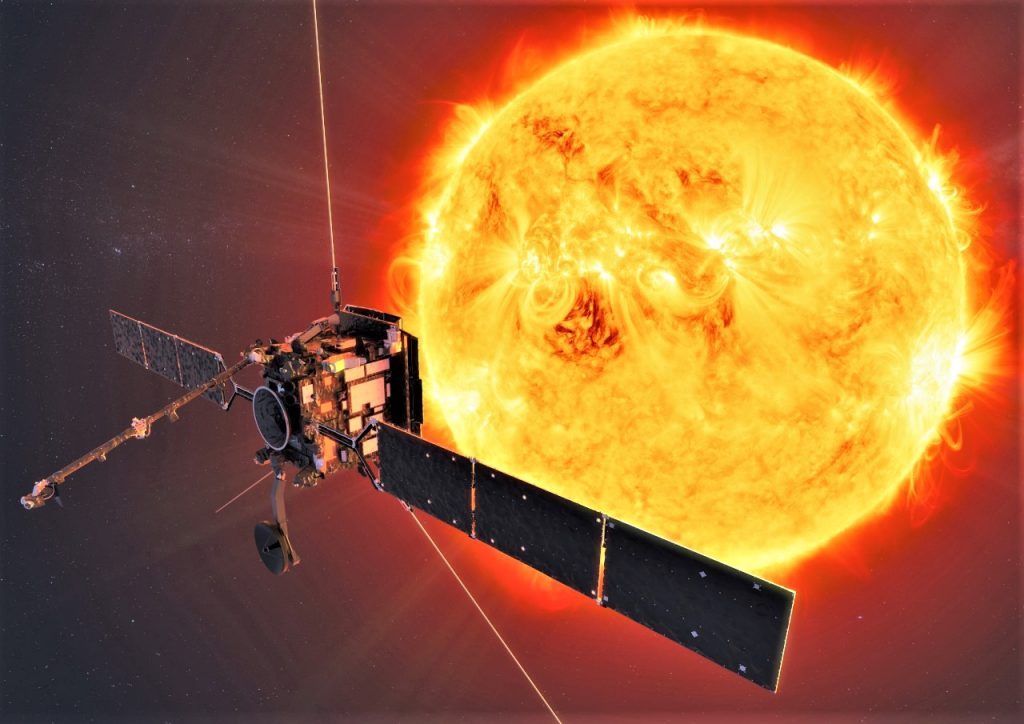
Solar Orbiter, an international collaborative mission between the European Space Agency (ESA) and NASA, is slated to launch aboard a United Launch Alliance Atlas V rocket on Sunday, Feb. 9. Liftoff is targeted for 11:03 p.m. EST from Space Launch Complex 41 at Florida’s Cape Canaveral Air Force Station.
Two briefings are planned for Friday, Feb. 7, at the agency’s Kennedy Space Center:
1 to 2 p.m. EST: Prelaunch news conference
Participants:
- Cesar Garcia, Solar Orbiter Project Manager, European Space Agency
- Ian Walters, Project Manager Solar Orbiter, Airbus Defence and Space
- Alan Zide, Solar Orbiter Program Executive, NASA Headquarters
- Tim Dunn, Launch Director, NASA Launch Services Program
- Scott Messer, NASA LSP Program Manager, United Launch Alliance
- Jessica Williams, 45th Space Wing Weather Officer
2:30 to 3:30 p.m. EST: Science briefing
Participants:
- Daniel Mueller, Solar Orbiter Project Scientist, European Space Agency
- Nicky Fox, Director, NASA Heliophysics Division
- Thomas Zurbuchen, Associate Administrator, NASA Science Mission Directorate
- Guenther Hasinger, Director of Science, European Space Agency
View on NASA Television or on the web at https://www.nasa.gov/nasalive.
Solar Orbiter will observe the Sun with high spatial resolution telescopes and capture observations in the environment directly surrounding the spacecraft to create a one-of-a-kind picture of how the Sun can affect the space environment throughout the solar system. The spacecraft also will provide the first-ever images of the Sun’s poles and the never-before-observed magnetic environment there, which helps drive the Sun’s 11-year solar cycle and its periodic outpouring of solar storms.
